Your complete guide to (myofascial) trigger points
Trigger points are those tender lumps in muscles that therapists find. This article covers what they are, what they do, and how they are... Read Article
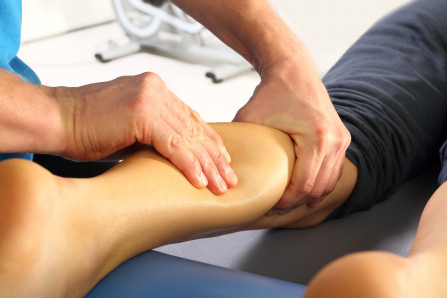
Sports massages have been widely used by professional sports clubs, and more recently self help options have become popular. So, should you be getting one, and if so which types are best and what benefits can you expect?
To find this out we reviewed 50 clinical trials and other scientific papers and found that there were some excellent benefits to be had, but.
To help you make the best choices and get the most benefits, in this guide we will summarise the various types of massages and potential uses, letting you know what works and what doesn’t, and the things that should be done to complement sports massage to help you perform well, stay injury free and recover faster.
When people think of sports massage they usually think of a professional therapist using techniques such as “rubbing”, “kneading” and “stroking”. As discussed below these vary, and other types of massage do the same thing, so finding a suitable therapist may come down to trial and error.
There is no one type of “sports massage”. Rather a typical sports massage is a combination of these techniques which vary depending on the needs of the client and preferences of the therapist.
A “sports massage” may be practically identical to a “remedial”, “Swedish”, “Deep Tissue” or other types of massage depending on the circumstances, with the only difference being that it is done for a sports person.
Vibration massage is where the vibrating head of a massager is placed over the part to be massaged and the vibrations are allowed to penetrate and have their therapeutic effects. This is very similar to the way ultrasound works. Ultrasound is just vibrations at a higher frequency.
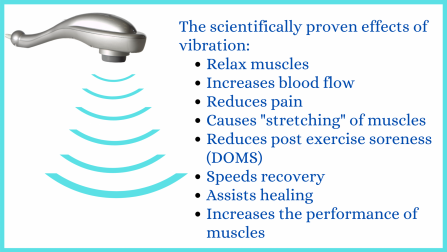
Science has found that vibrations in the therapeutic range of 30-60 Hz (cycles per second) have excellent therapeutic effects shown in this diagram. For more information please see our article The scientifically proven effects of vibration massage- with clinical applications . In addition.
Just like ultrasound professional standard therapeutic vibrations penetrate very deeply. They have no trouble reaching deep into any muscle.
Because it is the vibrations that penetrate there is no need for the physical pressure that causes pain and can easily cause injury or damage.
There is no need to know any special massage to do vibration massage. Basically all you need to do is sit the head of an appropriate vibration massager on the part to be massaged and let the vibrations penetrate. As long as you hold the machine in the right spot it will do the same job as if a professional was holding the handle.
Please see our Vibration massage usage guide
Most personal use vibration massagers and massage guns do not give serious amounts of therapeutic vibrations, and my possibly hurt you. Please see the section below to find out what you need.
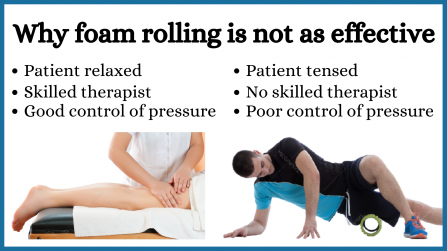
Foam rollers are devices that enable users to self apply pressure that imitates the techniques that professional therapists use. They are heavily advertised, and promote self massage. However, as we will be discussing in the scientific results below they only give marginal or no benefits in clinical trials. This infographic shows the main reasons why.
Percussion massagers are a hybrid machines that try to combine vibration and conventional massage, but in reality do neither well. As discussed below they do not deliver adequate amounts of therapeutic vibrations at the correct frequency, and they are no substitute for a professional therapist.
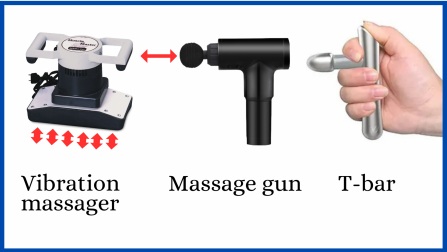
In this diagram the device on the left is a vibration massager while the tool on the right is a t-bar which therapists use to save their thumbs and apply deep (painful) pressure. As you can see massager gun makers have basically converted the a t-bar into a “jackhammer” designed to drive it’s head into the muscle. From this it is easy to see that:
Warm-ups are done to help prepare muscles for exercise or competition, to help prevent injuries, and enhance performance. We will look at how massage can help with these.
If your joints are forced to move beyond their free movement or your muscles are forcibly extended you may be injured. The idea is that pre-competition massage may reduce this risk by relaxing muscles and allowing more full joint movement. While this seems perfectly reasonable, to our knowledge this has never been scientifically tested.
What we do know is this idea has been tested with stretching exercises, which also lengthen muscles and increase joint movement. However trials show that stretching exercises do not reduce the rate of injuries (3,4). The theory is that while stretching may reduce the risk of muscle strains and tears, over-stretching may allow joints to move excessively where they are more vulnerable to injury.
It is unlikely that massage would cause excessive joint movement, so it is likely that any of the massages that help flexibility will help reduce the risk of muscle strains or tears.
Sports massage may help performance by increasing flexibility, increasing strength and increasing endurance. We will look at which massages do this, plus look at stretching and dynamic warm-ups (active movements) which are often included as part of a warm-up routine.
Massage may help flexibility, but according to the most recent review of clinical trials there is no evidence that massage has any effect on strength, endurance or fatigue (5).
According to the results of many clinical trials the application of vibration massage of 30-60 Hz before exercise will:
Clinical trials have shown that foam rollers give no improvement in performance (11–15). They also show that they initially increase flexibility. The problem though (which marketing will not mention) is that the increase in flexibility only lasts less than 10 minutes (14,16,17). It seems pointless spending 10-15 minutes foam rolling only to have the increase in flexibility disappear by the time you compete.
While marketers claim scientific support for theses, as discussed in our guide Are massage guns scientifically proven there is no evidence that massage guns give significant benefits. The key issues are:
Trials show that conventional static stretching will give a prolonged increase in flexibility, but actually decrease performance.
Dynamic warm-up means doing movement or activities. Examples include walking or exercising. This has been show to increase flexibility and strength (18). One trial found that compared with no warm-up dynamic warm-ups actually increased the height an athlete could jump by 2” (5cm) (19). The most beneficial dynamic warm-ups involve activities and movements that mirror the requirements of your sport rather general movements (20).
Warm-ups: a guide to the best massages, stretches and exercises
Standard disclaimer: this article is general information only. For specific advice please discuss with a professional familiar with your needs.
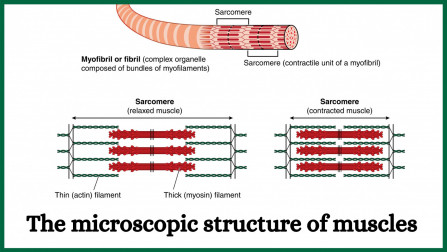
After strenuous exercise you will likely feel a bit stiff and sore, and your muscles will not be capable of their usual performance. The reason for this is that strenuous exercise can cause microscopic damage to the fibres that make up your muscles. While you are recovering:
The purpose of recovery is to:
DOMS
The deep muscular soreness you get after exercise is called DOMS (Delayed Onset Muscle Soreness). You usually get this between 24 and 72 hours after the exercise)
There have been a large number of clinical trials using massage after exercise. In summary:
If you are a member of a sports club that provides massage (well done) it will feel good and you may get some benefits. However, as you will see there are better alternatives.
We found nine studies where vibration massage was used after exercising. They consistently showed that this:
Compared with conventional massage
As well as the results of clinical trails being better and more consistent, in one trial where vibration massage and conventional massage were compared 5 minutes of vibration gave slightly better results than 15 minutes of conventional massage (37). This means that vibration gave the same (actually slightly better) results in one third of the time. If you use our professional strength four headed massager this will probably be quicker still.

Despite being heavily marketed a recent review of 21 studies concluded that any benefits from foam rolling are minor or negligable (46). Other scientits have expressed concerns about the injuries they cause (47). This is why as a Chiropractor for over 27 years I saw a lot of people hurt and injure themselves doing self massage with balls or rollers.
As discussed above while massage gun marketers claim the benefits of vibration, their machines only deliver a fraction of the theraeutic vibration a genuine vibration massager does. There is no scientific support for "punching" their heads into the muscles, and looking at it logically that is one of the last thing healing muscle fibres would need. As previously mentioned there is a journal report of someone nearly dying from internal bleeding after using a massage gun for recovery (2).
For effective recovery you need a complete strategy to help provide everything your muscles need to recover. This includes considerations such as sleep & rest, nutrition and hydration. Please see our Practical, science based guide to post exercise recovery .
In this section we will look at whether regular massages can improve the health of your muscles and enhance performance, and we found three clinical trials where it had done so.
The key is that there are issues such as (myofascial) trigger points, or trigger points for short, that inhibit performance, so treating these with massage can help restore normal full performance. We discuss these in our guide The effects of (myofascial) trigger points on sports and athletics performance . However, to simplify things, if you have ever had a massage and the therapist found tight ropy parts of your muscles with tender lumps they are the trigger points. Muscles that are tight and ropy with tender lumps do not perform as well and are easily injured. Massage can help remedy these.
Let us look at the three trial where this was done, then how you can do this yourself.
Athletes attending a training camp over 10 days were given three 30 minute Thai massages. These were done in the evenings. Compared with the athletes who received no massage the recipients had:
During a 10 week training camp preparing for a 10 km race half the athletes received a weekly half hour massage. 100% of those receiving the massages finished the race, while only 53% of the others finished.
During a three week training camp athletes received a 45-52 Hz vibration massage each evening. They suffered reduced fatigue compared with those who received no vibration massage.
Two of the trails used conventional massages from professional therapists. Due to the expense and inconvenience this will be beyond most people who are not a professional athlete or play for a sports club that provides this service. However, the third trial used vibration massage which you can easily do yourself.
Please see our guide Guide to vibration massage .
Massage guns and most personal use massagers do not provide serious amounts of therapeutic vibrations at the correct frequencies. Please see our section below for advice on the equipment you will need.
Massage is widely used and recommended by professional for the treatment and rehabilitation of sports injuries, and are used by professionals to help with sports injuries and rehabilitation. With so many potential injury and rehabilitation conditions and uses a discussion is way beyond the scope of this article. However, we’ve linked a number of references on various conditions in the resources below.
Vibration massage is by far the easiest and most effective therapy but you will need a proper vibration massager. As discussed in our guide Why most massagers are a waste of money , most of the vibrating massagers you can buy are not suitable.
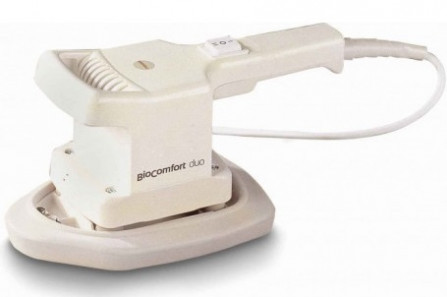
As this example of a professional vibration massager shows, vibration massagers have a head or pad that sits on the surface and sends in therapeutic vibrations. These penetrate like ultrasound (vibrations at a different frequency), and are at the correct frequency for the therapeutic effects. If you use one you will feel the vibrations going "right through you" and having a relaxing effect on your muscles. You will need a personal use version.
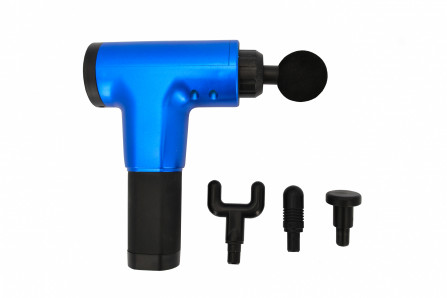
Rather than having a pad that sits on the surface and sending in vibrations massage guns are designed to drive their heads in like jackhammers. Because of this they:
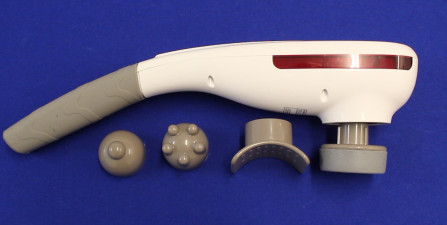
Most vibrating massagers built for consumer use are built to look good on shop shelves rather than be serious therapeutic devices. These usually have low powered motors and inadequate mechanisms, so are not capable of delivering adequate vibration.
When we were looking for a suitable vibration massager for our patients to use all the effective machines seemed to be "professional" products for therapists to use. These were expensive and not designed for self use. Because of this we built our own that pack the effectiveness of a professional unit into an economical one for self use. They are now used, recommended and sold by over a thousand clinics across half the world (some examples). For information about these and where to get them please use these links.
The General Purpose Massager
The Ultimate Quad Head Massager
Read what professionals say about DrGraeme massagers
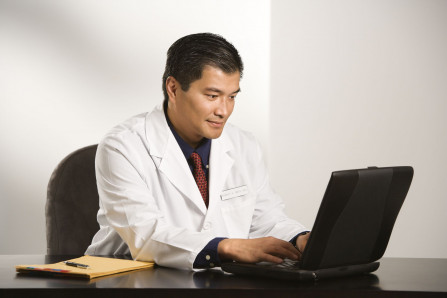
Most of our massager sell through colleagues using our machines and recommending the therapy to patients/clients, so we are very happy to send appropriately qualiied professionals a complimentary sample machines to trial. For more info please see our Professional sample sample page .
We are continually adding more information on research and uses. Subscribe below to have us email them to you "hot off the press".

Several years ago Dr Graeme, a Chiropractor practicing in Victoria, Australia was looking for a serious hand held massager his patients could use at home to get the extra quality massage they needed. The ones he found in the shops and on-line for home use looked nice but were not serious, and... read more
Trigger points are those tender lumps in muscles that therapists find. This article covers what they are, what they do, and how they are... Read Article
In this article we will discuss the health and wellness benefits of regular or wellness massages that have been scientifically... Read Article
(Myofascial) trigger points are a large but often overlooked cause of tennis elbow, with this omission being responsible for too many... Read Article
Although anti-inflammatory drugs are heavily advertised and routinely prescribed for pain syndromes a recent clinical trial found them to... Read Article
There are many articles listing factors that effect sports and athletic performance, but almost all neglect (myofascial) trigger points ... Read Article
You will find a well designed vibration massager easier to use, safer, and will do a much better job. This is because the scientific... Read Article
Massage is good for shoulder pain, however the relief you get will vary considerably depending on the type of massage. According to... Read Article
Massage is said to help healing and recovery. It certainly does, and in this article I’ll show you scientific evidence of some pretty... Read Article
Do not refresh or leave this page until loading complete.